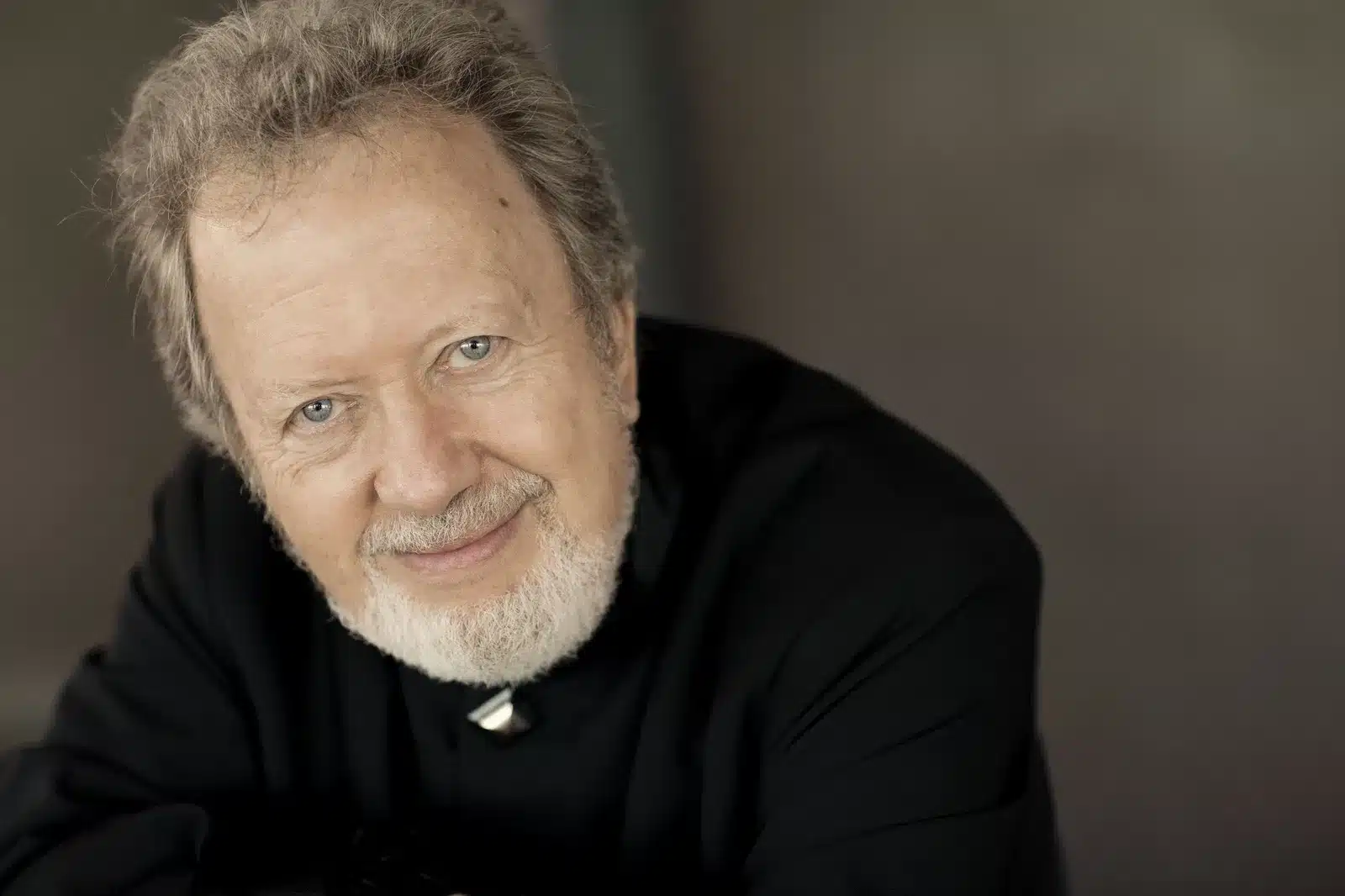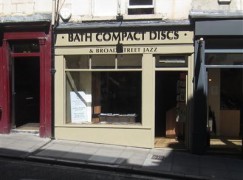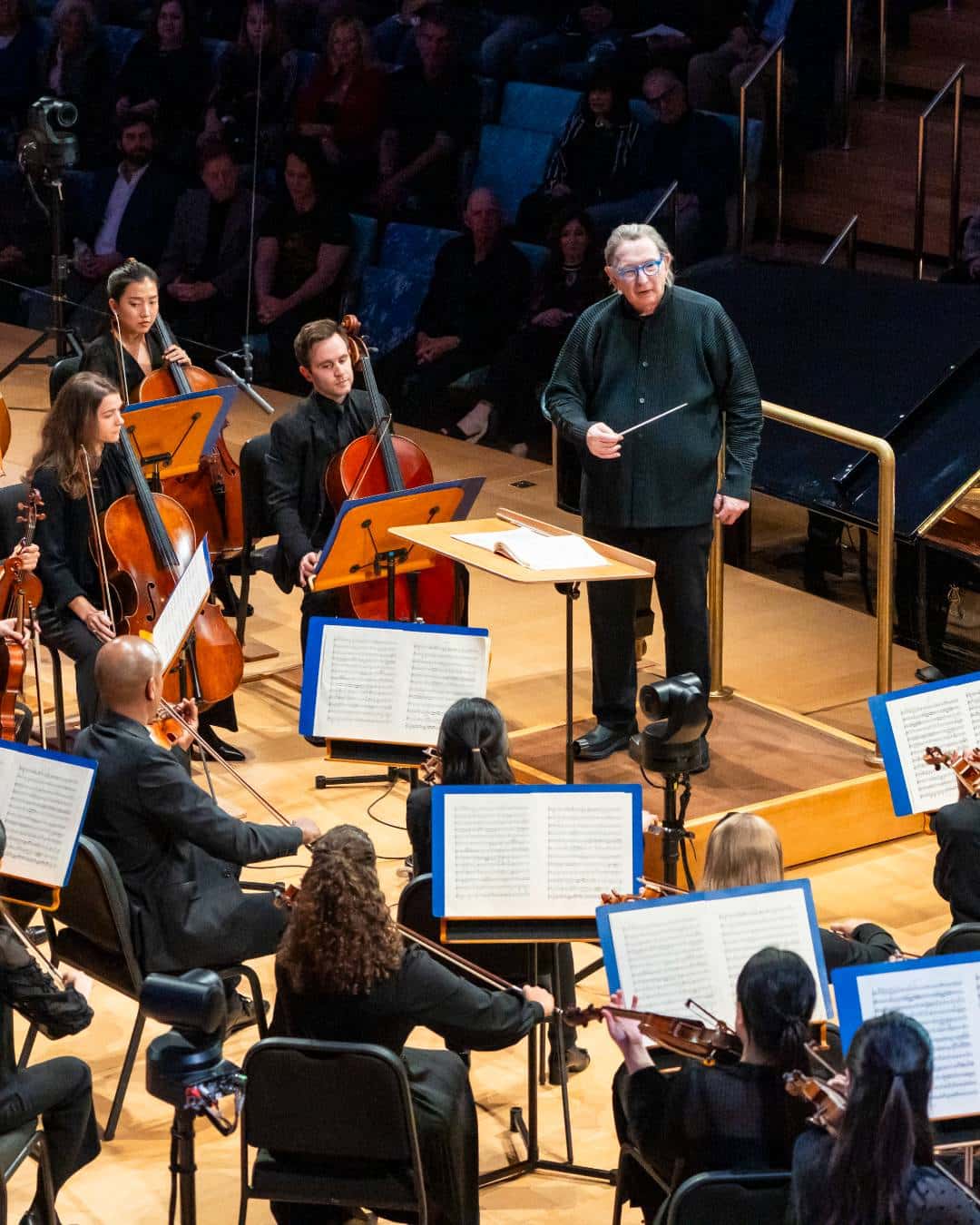Update: Carnage at the Times culture department
mainWe’re getting further details of who’s in, who’s out, at the shrinking culture section of the New York Times.
In all, around 15 staff have gone. They include both the pop editor (Fletcher Roberts) and the classical editor (Myra Forsberg); four or five people on the copy desk; the culture reporters Felicia Lee and Larry Rohter; and several photographers on mostly culture assignments.
The distinction between who jumped and who was pushed is being blurred as a seasonal courtesy, but the culture section is (we hear) shrouded in gloom, despondency and thinly suppressed rage.






Comments